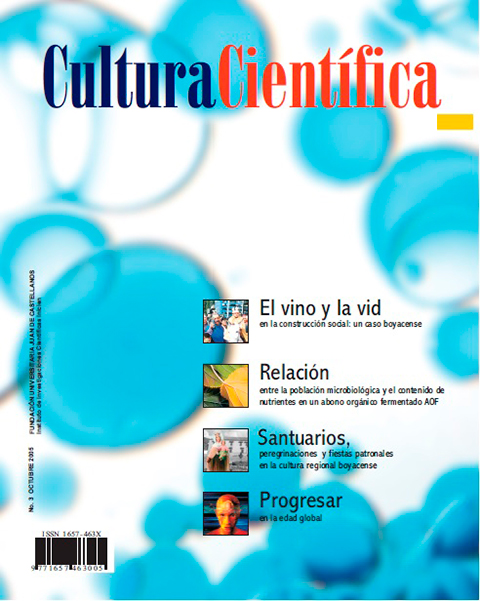Keywords:
Predisposition, Causes, Diagnosis, TumorsAbstract
Among domestic animals, canines are those that most frequently suffer tumors of mammary gland and among them females are those that present the biggest number of cases. When these tumors are present in males, they have malign hystologic characteristics. For the hysto-pathologic diagnosis the best accepted classification is Hampe and Misford ' s proposal. Through many years of research in this field several predisposition factors, as race, sex and age have been described. Among these, race accounts for the highest disparity of concepts since, as some authors argue, this can be influenced by some external factors as geographic location and the owners ' likes for certain races as company animals. Another important fact is the description of causal agents such as hormonal imbalance (estrogens, progesterone), genetic mutations (suppressive gene of the tumor and proto- oncogenesis), consumption of fat-rich diets. Finally, it is important to emphasize the fact that the prognosis and life expectations of the canine patient depend on the basis of a good diagnosis and clues for treatment carried out by the Clinic Veterinarian.
Downloads
References
BENJAMIN SA, LEE AC, et al. (1999). classification and behavior of canine mammary epithelial neoplasms based on life-span observations: Vet pathol36: 423-436.
BICHARD SJ. (1995). Definitive surgical treatment for cancer. Kirk's current veterinary therapy XII small animal practice: J.D. Bonagura. W.B Saundersm Philadelphia pp. 462-464.
BOSTOCK D. (1985). Canine and feline mammary neoplasms: Br Vet J 88(15):1 031-1038.
_ _ . (1992). Correlation between histologic diagnosis mean nucleolar organizer region count and prognosis. In: canine mammary tumors Vet pathol 29(5): 381-385.
FOWLER EH, Wilson GP, et at. (1974). Biology behavior of canine mammary neoplasms based on a histogenetic classification: Vet pathol 11:212-229.
GLASS POOL RM, EVANS TR. (2000). Clinical imaging of cancer metastasis:
Eur J cancer 36 (13): 1661-1670.
GRAHAM JC., MYERS RK. (2000). The prognosis significance of angiogenesis in canine mammary tumors: J Vet internet med 14 (3): 248-249.
HAMPE JF. and MISDORP W. (1974). tumors and dysplasias of the mammary gland: Bull Wid Hlth org.50: 111-133.
HAHN KA. (1992). Canine malignant mammary neoplasia. Biologic behavior, diagnosis, and treatment alterntives: JAAHA28:251-256.
HELLMEN E., BERGSTROM R, et al. (1993). Prognostic factors in canine mammary gland tumors: a multivariate study of 202 consecutive cases: Vet pathol30 (81: 20-27).
HELLMEN E., SVENSSON S. (1995). Proression of canine mammary tumours as reflected by DNA ploidy in primary tumours and their metastases: J comp pathol113(4): 327-342.
KARA Y., KALDRYMODON E, et al. Adjuvant post-operative chemotherapy in bitches with mammary cancer. J vet med 48 (2): 85-96.
LANGENBACH A., et at. Sensitivity and specificity of methods of assessing the regional methods for evidence of metastasis in dog and cats with solid tumors: Jam Vet medAssoc218 (9): 1424-1428.
Manual clinico de procedimientos en pequenas especies. (2000). EstephenJ Birchard, RobertG Sherding: McGrawHill. Vol1 Pag 263-267.
OWEN LN. (1980). Clinical stage classification of tumors. Classification of tumors in animal domesctic: Geneva. world health organization 925.
PEREZ A.D. (1998). Relation between habitual diet and canine mammary tumors in a case-control study: J Vet internet med 12(3): 132-139.
ROSTAMI M, TATE Y, et al. (1994). tumors in domestic animals examined during a ten year period (1980-1989) at Miyazaki University: J Vet med 56:403-405.
RUTTEMAN GR. Hormones and mammary tumour disease in the female dog: an update. In vivo 4: 33-40.
SARTIN EA. (1992). Estrogen and progesterone receptor sattus of mammary carcinomas and correlation with clinical outcome in dogs: Am J Vet Re 53 (II): 2196-2200.
SCHAFER KA, KELLIG, et al. (1998). A canine model of familial mammary gland neoplasia: Vetpathol35 (3): 168-177.
SORENMO K. (2003). Canine mammary gland tumors: Vet cline small anim 33.: 573-596.
WALDRON DR. (2001), Diagnosis and surgical management of mammary neoplasia in dogs and cats: Vet Med. 943-948.





